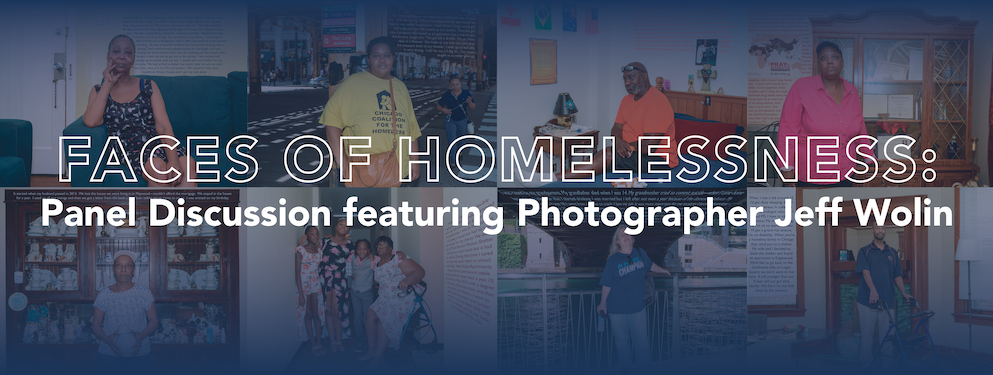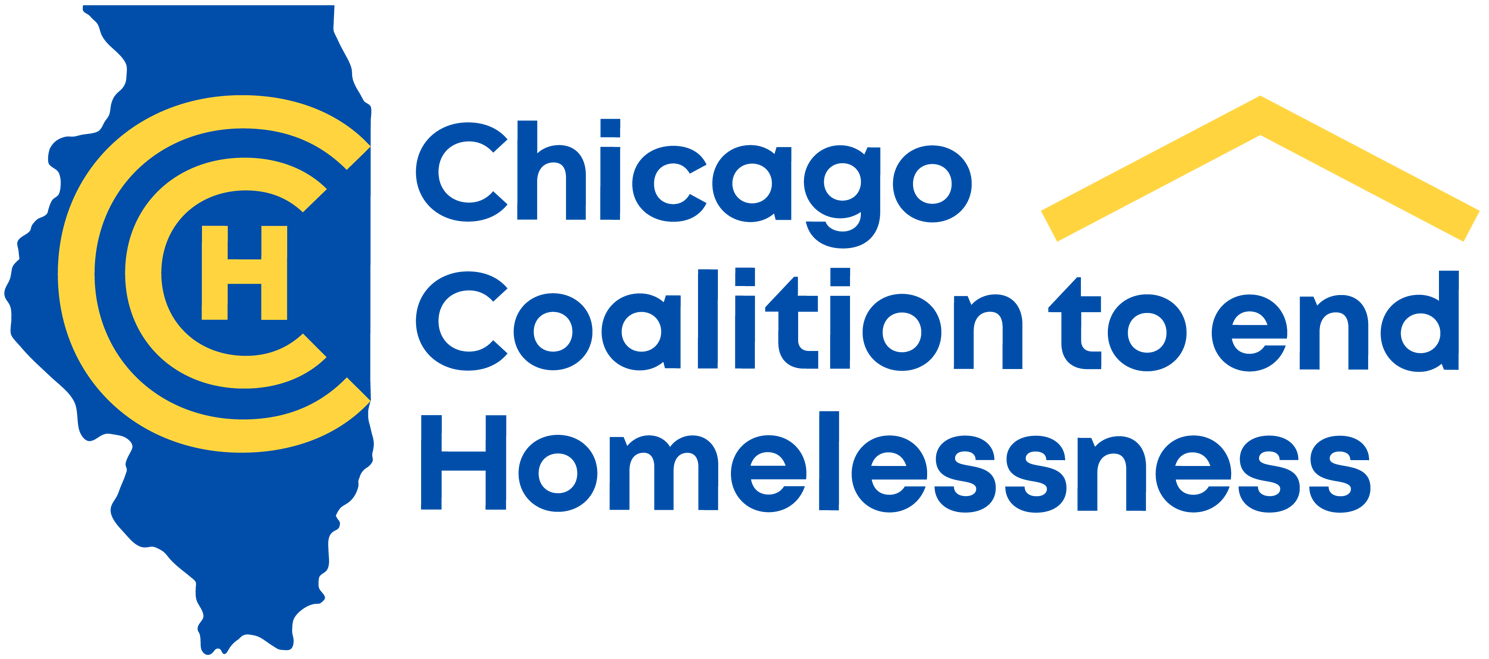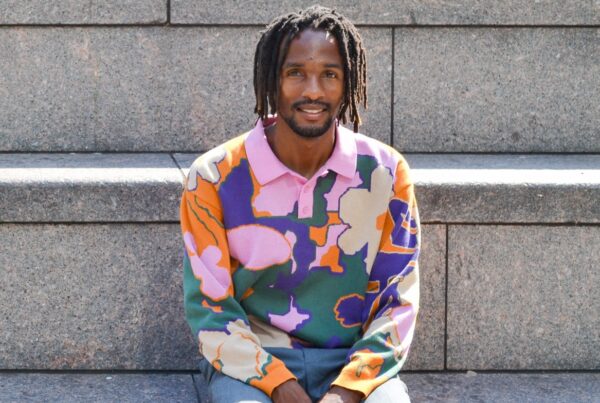
Photographer Jeffrey Wolin’s work has spanned from documenting Holocaust survivors to Vietnam war veterans, and he has now turned his camera towards Chicago’s unhoused population. He has called West Town his home for nearly 10 years, and he is now debuting a project about unhoused community members, Faces of Homelessness.
The work is currently on display at the Catherine Edelman Gallery at 1637 W. Chicago Ave. through February 15. And on Tuesday, February 8, CCH is hosting a virtual panel with the Chicago Public Library featuring Wolin, CCH Executive Director Doug Schenkelberg, Alderperson Matt Martin of Chicago’s 47th Ward and two photography subjects, Ronald Matthews and Melodi Serna.
When he first began his project and searched for a partner organization, he found that the Chicago Coalition for the Homeless (CCH) was one of the most noted non-profit organizations in the city working with people experiencing homelessness. Wolin reached out, and he began to work with CCH to find unhoused community members nearly four years ago.
“My relationship with CCH grew, and I became close to Julie Dworkin, Bisma [Shoukat] and several other individuals who taught me about homelessness, because I was a novice– I knew I knew very little about it,” Wolin said. “They introduced me to the leaders group. Keith Freeman, of course, was a major asset in my reaching out to [grassroots leaders], who represented the very first homeless or formerly homeless people that I worked with for the project.”
Wolin’s photographs are accompanied by quotes from each subject. For this project, he worked with Dworkin to develop a questionnaire about the circumstances which led to each person’s lack of housing. He hopes that this project shows the unhoused population which he calls “invisible.”
The Faces of Homelessness panel will begin at 6 p.m. and will be streamed on CPL’s YouTube channel and Facebook page. CPL will also archive the video on YouTube to watch later.
“My biggest takeaway is that the majority of [people experiencing homelessness] are invisible, and the things that drive them have nothing to do with addiction or mental health,” Wolin said. “It has to do with job loss, leaving abusive relationships, coming out of foster care, coming out as gay, loss or death of a parent or spouse, being evicted, foreclosure– so many things can drive homelessness.”
April Harris is one participant in Wolin’s exhibition. She hopes that by participating in the project, she will be able to share her story with the world. Harris feels that no matter what a person’s background is, their testimony can change lives. Additionally, she feels as though the experience has been affirming for herself.

“What I learned was how strong and powerful I am– we all are,” Harris said. “This project was about homelessness, and everybody’s homelessness story is different. But we’re all so powerful because we made it. It didn’t break us.”
Harris says this was a powerful project, and she is happy she was able to be a part of it. She hopes that after viewing the photographs, gallery audiences will better understand the need to support campaigns such as Bring Chicago Home and other services for the unhoused.
“It’s an educational piece,” Harris said. “…some people feel that homeless people are lazy and feel that they just don’t want to work, or they just don’t want to do anything to get themselves out of this situation. And what Jeff Wolin did with his project, with the gallery, with his pictures, with his storytelling of different walks of life, of people experiencing different types of homelessness, and me working for the coalition– we get to educate the world.”
Betty Evans was another subject of Jeff Wolin’s photography. She agreed to participate in the project after learning his project featured those who have lived through homelessness. During the process, she says she realized the power that the media and public awareness can play.

“People need to understand and learn about what it is to be homeless and how easy it is for you to become homeless,” Evans said. “And it’s not a pretty thing. I think it’s something that the government should do more to help these peoples that’s out here, that’s homeless.”
Evans says that her own experience with homelessness began when her landlord lost possession of his building in 2014. She lived with her brother and sister-in-law until she received assistance from the Garfield Community Service Center. Now, she hopes that gallery viewers can understand the impact of a helping hand.
“The best thing that I can say is that we have to get out there and rally,” Evans said. “Rally for the ones that can’t rally for themselves and see if the government will open up and help, because there is a need for help. And the only way we’re gonna do it is that people have got to stand together and rally for it.”
We hope you can join in the conversation on February 8.






 Chicago Coalition for the Homeless is now Chicago Coalition to end Homelessness (CCH).
Chicago Coalition for the Homeless is now Chicago Coalition to end Homelessness (CCH).